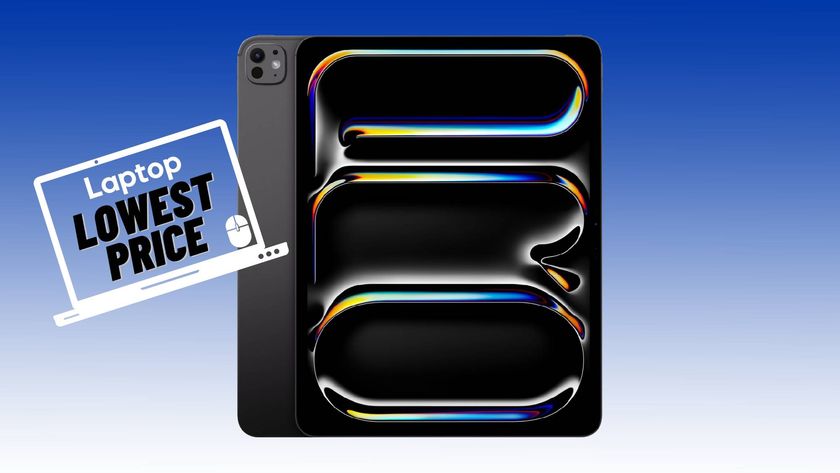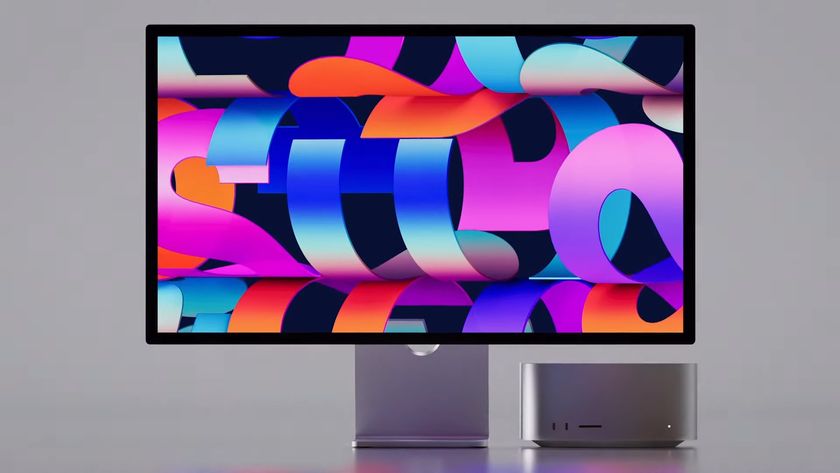The iPad Won't Replace Your Laptop Until Apple Adds This
Updated June 3: Shortly after this op-ed published, reports revealed that Apple did indeed add cursor support, albeit a limited form, to iPadOS. Discovered by iOS developer Steve Troughton-Smith, the feature works with Apple's Magic Mouse as well as wireless Bluetooth devices. You can enable mouse support in the Accessibilities setting, just keep in mind that the circular touch target is meant to simulate a finger, not the typical arrow-style cursor.
Apple's iPad Pro is a frustrating device. While the tablet offers laptop-level performance, the lack of cursor support and multitasking features in iOS has severely limited its functionality, especially for creative pros who use demanding programs.
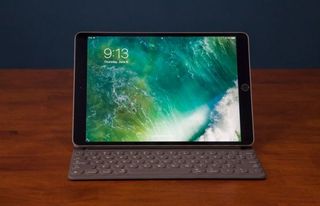
There were all sorts of rumors flying around about how Apple would unveil a slew of features at this year's WWDC that would solve these limitations. However, now that the dust has settled, not all of these problems have been answered.
While the iPad's new iPadOS operating system (which you can download by installing the beta) added several useful multitasking capabilities, cursor support is still missing. Without it, the iPad remains a better mobile, on-the-go device than a true laptop replacement.
Welcome, iPadOS
Goodbye, iOS. Apple separates its tablets from its smartphones by introducing a new operating system called iPadOS. The first thing you'll notice about the new OS' interface is that icons are more tightly packed, allowing for more apps to be displayed at once, which gives it a closer look to macOS' Launchpad.
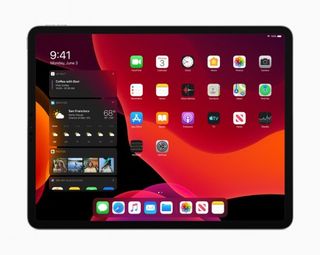
But perhaps the most significant improvement to multitasking in iPadOS is the new split-view feature, which lets you work with multiple files and documents from the same app simultaneously. The most obvious application is displaying two Safari tabs side-by-side so you can browse the web on one and compose emails or watch videos on the other.
Stay in the know with Laptop Mag
Get our in-depth reviews, helpful tips, great deals, and the biggest news stories delivered to your inbox.
MORE: macOS Catalina Revealed: 6 Big Changes Coming to Your Mac
Before, you could only have an app open on one side of the screen or try a workaround like, using two different browsers at once.
Having multiple windows open at once is critically important when you're trying to reference information while creating content or composing text. The lack of dual-Window support was a deal-breaker for some users when choosing between a laptop or a tablet. Now, Apple has placed the iPad on a level playing field.
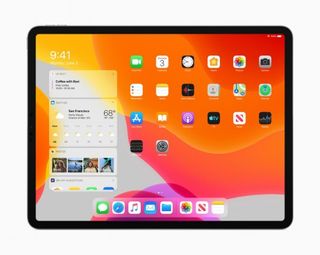
Navigating through all of those open programs will also be much easier on an iPad thanks to Slide-Over, a feature that lets you quickly view and switch between open apps.
USB and SD support
In another move that brings the iPad closer to parity with laptops, Apple added USB and SD cards support for uploading images. This will be especially useful for creatives, like photo and video editors who want to upload photos directly from a card or USB stick.
Manage files like you would on a laptop
The Files app available in iPadOS also received several features found in macOS' Finder file manager. That includes support for zip and unzip files, which should make it easier to share and transfer large, complicated files. Another great feature previously available only on Mac is support for iCloud Drive. Now you can access a shared folder and go back to it after it's been updated.

I'm especially fond of the new Column View Apple is bringing to its tablets. The interface provides high-res previews to help you sift through files, while Quick Actions let you create PDFs or make simple changes to files.
The most obvious way in which Apple is bringing laptop functionality to the iPad is with Safari, the company's web browsing app. While a full-on desktop browser wasn't shown at the event, certain web apps, like Google Docs, will open in their desktop versions.
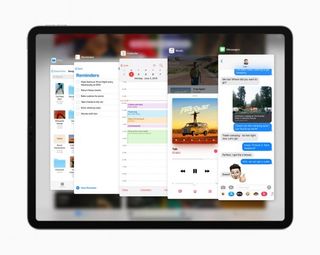
Each of these changes marks a big step toward making the iPad a genuine laptop replacement, but they alone aren't enough.
Limited cursor support
While Apple changed how users interact with its cursor, it didn't announce full-fledged cursor support. However, after the keynote, iOS developer Steve Troughton-Smith discovered that Apple had quietly added a limited form of cursor support in iPadOS. Unlike the traditional pointer found on macOS or Windows 10, the large circular cursor you can enable in the accessibility settings of iPadOS is meant to simulate a finger.
I'll need to spend more time navigating iPadOS with a mouse before I can determine whether this feature gives iPads the same functionality as a laptop. For now, however, mouse support seems fairly restricted.
No matter how many multitasking features the company adds, there is simply no replacement for mouse and touchpad support. After all, you wouldn't want to use a Pen and keyboard to work on a spreadsheet that has thousands of entries.
Until Apple chooses to adopt the feature in earnest, users will be forced to navigate iPadOS and Apple apps exclusively using touch. That's fine for most apps, but some legacy programs require cursor input.
Bottom Line
Another WWDC, another year Apple fails to bring full mouse support support to the iPad.
Yes, the multitasking features announced today will go a long way to making Apple's tablets viable laptop replacements, but one can only be so productive without a touchpad or mouse.
That's a real shame because we found the newest iPad Pros to be more powerful than most premium laptops we've reviewed. Alas, if you're looking for a true laptop replacement in a tablet form factor, may we direct you to Apple's biggest competitor in the Microsoft and its Surface Pro 6.
It's still early days at WWDC 2019, so there's still a chance that Apple quietly introduces cursor support in the coming days. We'll keep our fingers crossed until then.
Phillip Tracy is the assistant managing editor at Laptop Mag where he reviews laptops, phones and other gadgets while covering the latest industry news. After graduating with a journalism degree from the University of Texas at Austin, Phillip became a tech reporter at the Daily Dot. There, he wrote reviews for a range of gadgets and covered everything from social media trends to cybersecurity. Prior to that, he wrote for RCR Wireless News covering 5G and IoT. When he's not tinkering with devices, you can find Phillip playing video games, reading, traveling or watching soccer.


